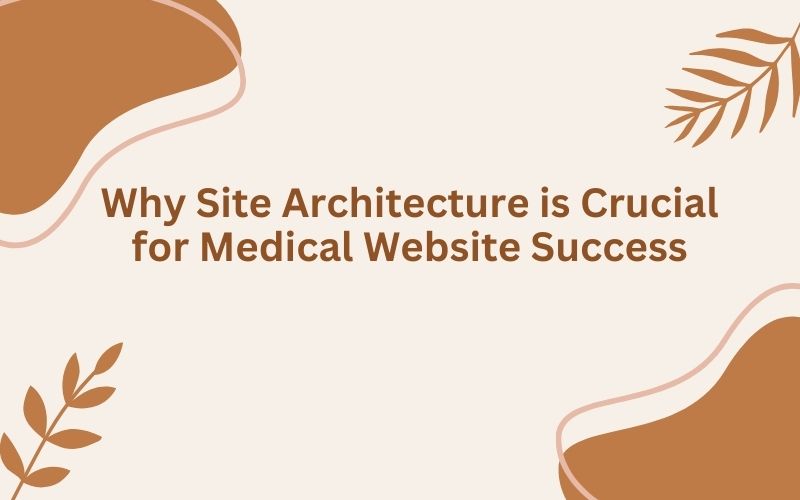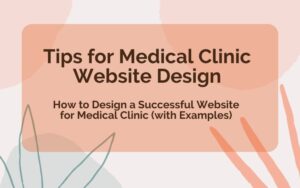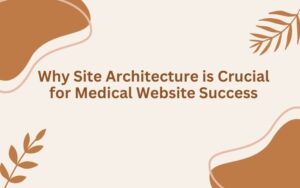Imagine you’re feeling unwell and searching for medical information online. You land on a healthcare website, but it’s a maze of confusing links and buried information. Frustrating, right? This is where site architecture comes to the rescue, especially for healthcare websites.
What is Site Architecture?
Site architecture is the backbone of your website – it’s how your pages are organized and connected. Think of it as the blueprint of your digital home. For healthcare websites, it’s not just about looking pretty; it’s about providing critical information and making content easily accessible.
The Vital Importance for Healthcare Websites
When it comes to medical website, information can mean the difference between life and death.
Good site architecture ensures that your website is not just a collection of pages, but a critical resource that guides visitors to the information they need, when they need it most.
Key Elements of Effective Site Architecture
1. Navigational Structure: Your Website’s GPS
A clear, intuitive navigation menu is like a friendly guide, helping visitors find their way around your site. For healthcare websites, this might include information about the company, the services, resources patients may find useful including symptoms checkers, and numbers to call in case of emergency.
Pro Tip: Use descriptive, jargon-free labels that your audience will understand when creating a menu for the website.

Menu – Medical website architecture example
2. Internal Linking: Creating a Web of Knowledge
Internal links are the threads that connect different pages of your website. They help visitors (and search engines) understand the relationships between different pieces of information.
For example, a page about heart disease symptoms can link to:
- Diagnostic tests
- Treatment options
- Lifestyle changes
This creates a comprehensive resource that keeps visitors engaged and informed and helps them find relevant information if they want to research the topic in more detail.
3. Content Organization: A Place for Everything
Organizing your content logically is crucial. Group related topics together and create a hierarchy that makes sense. For instance:
- Diseases & Conditions
- Heart Health
- Respiratory Issues
- Mental Health
- Treatments & Procedures
- Healthy Living
4. URL Hierarchy: More Than Just an Address
Your URL structure should reflect your content organization. A logical URL hierarchy helps both users and search engines understand the structure of your site. For example:
www.healthcaresite.com/heart-health/symptoms/chest-pain
This URL clearly indicates where the page fits within the site’s structure.
Why Organizing Website Architecture Is Worth the Effort
- Improved User Experience: A well-architected site is easier to navigate, reducing frustration and increasing engagement.
- Better Information Accessibility: Visitors can find what they need quickly, which is crucial in healthcare.
- Enhanced SEO: Search engines can better understand and index your site, potentially improving your rankings.
- Increased Trust: A well-organized site appears more professional and trustworthy – essential in healthcare.
Putting It Into Practice
Improving your site’s architecture doesn’t have to be overwhelming.
Start with these steps:
- Audit Your Current Site: Identify areas of confusion or redundancy.
- Create a Site Map: Visualize your ideal structure.
- Implement Changes Gradually: Start with high-traffic areas.
- Test and Refine: Use analytics and user feedback to continually improve.
Conclusion
Remember, a well-planned medical website isn’t just about organization—it’s about empowering people with the information they need to make informed health decisions.
By providing clear, accessible, and reliable content, you enable users to understand their health options, seek appropriate care, and engage in proactive health management.
Ready to transform your healthcare website into a user-friendly, information-rich resource? Start by reviewing your current site structure today. Your visitors (and their health) will thank you!






